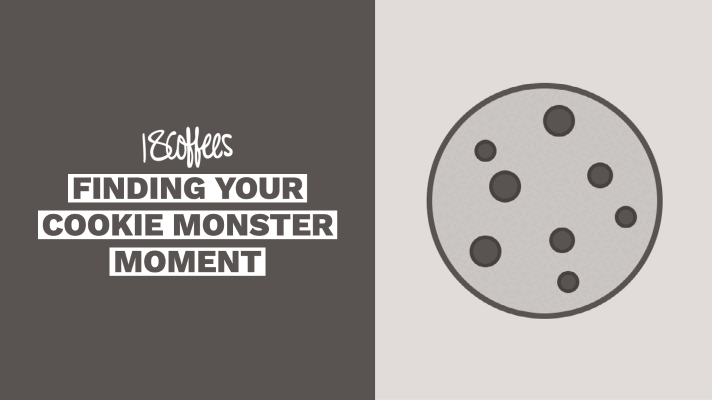Finding Your “Cookie Monster” Moment
This post is part of our change lifecycle series covering six steps: finding your leaders, power mapping, pinpointing Cookie Monster moment, moving your needle, gauging your capacity for disruption, and determining your risk. Read the previous series post here.
Have you ever encountered workplace disruption that leaves you confused and wondering “now what? Where do I go from here?” When working with clients in change management bootcamps and training sessions, our team walks through navigating the change lifecycle for organizations struggling with disruption. The portion of our training that often gets the most attention is something we like to call the “Cookie Monster” Moment.
We use the analogy of the Cookie Monster because it is easy to understand: No one ever second guesses the Cookie Monster’s end goal of devouring cookies. There is no obscurity about what he is after. That is how clear and tangible a vision statement should be. People reading the statement should be able to immediately and easily understand how it applies to their individual work and the company at large, and get as excited about it as the Cookie Monster gets about cookies.
When we work with clients, we avoid overloading a vision statement with an influx of buzzwords or unnecessary jargon that causes confusion. We encourage teams to simplify language and consider what will resonate most. Most importantly, when developing a vision statement, we want people to feel like it is tangible and achievable.
Buy-in and collaboration are necessary during the vision casting process. Co-creation is a powerful tool — once the right people are involved in creating a vision for change, they feel a sense of ownership over the change and are more willing to help make it a reality.
When engaging in this work, it’s crucial to balance a statement that is ambitious yet achievable. The vision should not be so esoteric that teams don’t know how to reach their goals, but we also don’t want to be small minded — we want teams to clearly understand where they are headed. Our workshops outline vision statement development in a formulaic layout to help clients understand the current state of their organization and identify their ideal future state. We encourage teams to look at your vision with a SMART lens: Make sure it’s specific, measurable, attainable yet aspirational, realistic and time-bound. Once a vision meets those criteria, organizations can generate buy-in and get to work.
Creating a vision statement is exciting! It’s something that can rally a team behind a tangible and accessible picture of the future state of the organization. Employees can turn to a well-worded vision statement in times of confusion to help provide guidance when change initiatives get messy.
Ready to find your “Cookie Monster” Moment? Let us know!

